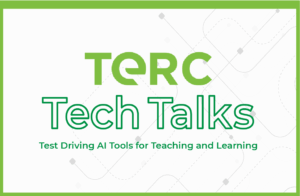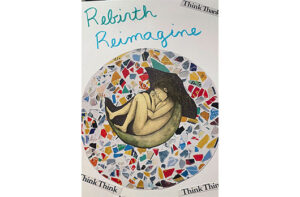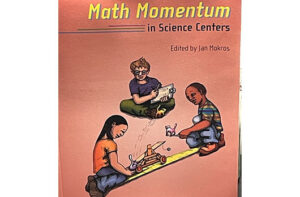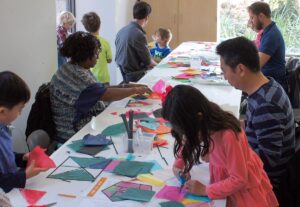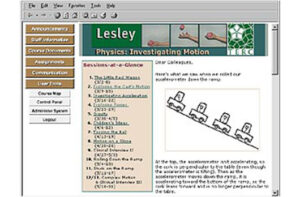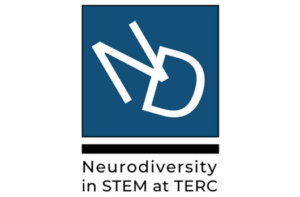The identity-frame model: A framework to describe situated identity negotiation for adolescent youth participating in an informal engineering education program
Scott Pattison, Ivel Gontan, Smirla Ramos-Montañez, Todd Shagott, Melanie Francisco, & Lynn Dierking
(2020) The identity-frame model: A framework to describe situated identity negotiation for adolescent youth participating in an informal engineering education program, Journal of the Learning Sciences, DOI: 10.1080/10508406.2020.1770762
Background
STEM identity has emerged as an important research topic and a predictor of how youth engage with STEM inside and outside of school. Although there is a growing body of literature in this area, less work has been done specific to engineering, especially in out-of-school learning contexts.
Methods
To address this need, we conducted a qualitative investigation of five adolescent youth participating in a four-month afterschool engineering program. The study focused on how participants negotiated engineering-related identities through ongoing interactions with activities, peers, and adults, and the patterns of identity negotiation that emerged across program sessions.
Findings
Through the investigation, we developed an Identity-Frame Model, positing that identity negotiation is an ongoing process of performance and definition work by an individual and recognition and positioning work by other adults and peers that creates emergent, context-specific identities and activity frames that are made particularly salient during critical identity moments. We also categorized model elements that appeared to be specific to engineering, such as situated identities and activity frames related to failure, collaboration, and competition.
Contribution
The study advances the understanding of identity negotiation related to engineering and provides a new framework for investigating situated identity in informal STEM learning contexts.

Related People:
Scott Pattison and Smirla Ramos Montañez



